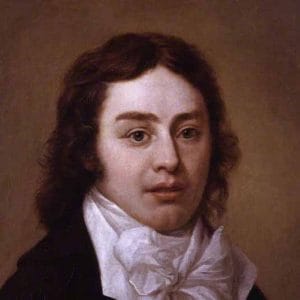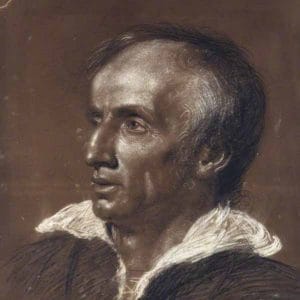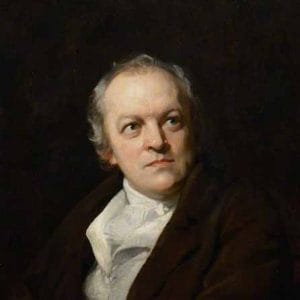
Lord Byron
Lord Byron
别名: George Gordon Byron, 6th Baron Byron 出生: 22/01/1788 逝世: 19/04/1824 性别: Male 职业: PoetDedicated to freedom of thought and action, and anarchic in his political views and personal morality, the poet and adventurer Lord Byron was the personification of the Romantic hero. Famous for his dashing good looks, his controversial opinions and his recklessness, he was a leading figure in the Romantic movement, of which Wordsworth and Coleridge were a part. Byron was catapulted to fame after the publication of Childe Harold’s Pilgrimage in 1812, but his most famous and hugely successful work was the satiric epic Don Juan, which he began to publish in 1819, and had still not finished in 1824, when he died of fever at Missolonghi, where he had sailed to support the Greek fight for independence.
照片来源: by Richard Westall, oil on canvas, 1813相关文章
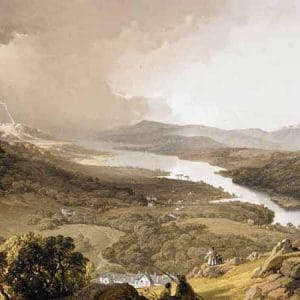
The Romantics
Dr Stephanie Forward explains the key ideas and influences of Romanticism, and considers their place in the work of writers including Wordsworth, Blake, P B Shelley and Keats.
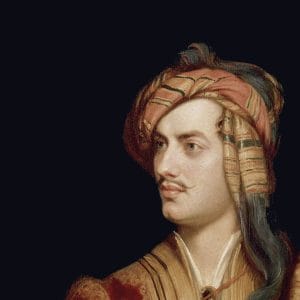
Lord Byron, 19th-century bad boy
Clara Drummond explains how Lord Byron’s politics, relationships and views on other poets led to his reputation of 19th-century bad boy.
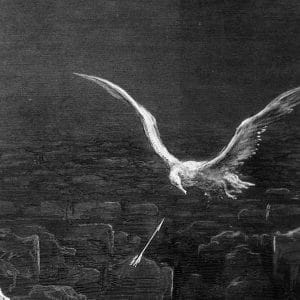
An introduction to The Rime of the Ancient Mariner
Dr Seamus Perry describes the origins of 'The Rime of the Ancient Mariner' and considers how Coleridge uses the poem to explore ideas of sin, suffering and salvation.
